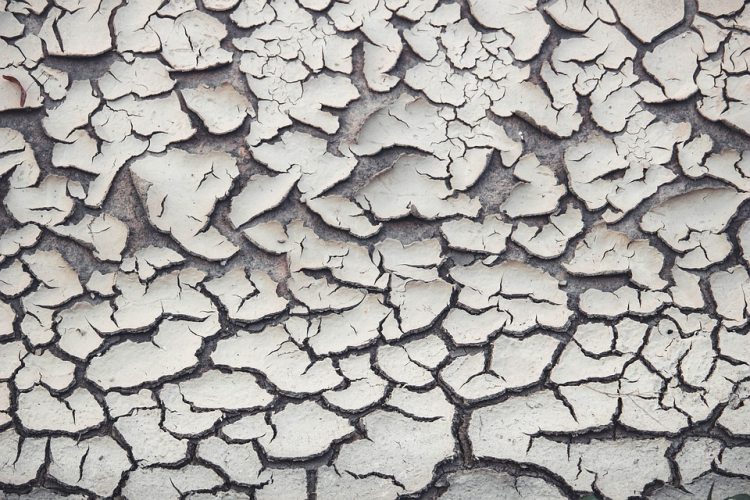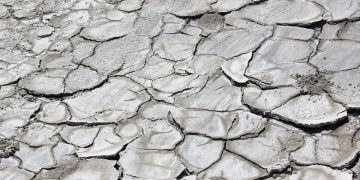The Truth About Climate Change: What Every Student Needs to Know
Climate change is one of the most pressing issues facing our planet today. With rising temperatures, melting ice caps, and increasingly severe weather patterns, it is clear that our planet is undergoing significant changes. As students, it is important to understand the truth about climate change and its implications for our future. In this article, we will explore the science behind climate change, debunk common myths, and discuss what students can do to make a positive impact.
The Science Behind Climate Change
Climate change is primarily driven by the increase in greenhouse gases in the Earth’s atmosphere. These gases, such as carbon dioxide and methane, trap heat from the sun and prevent it from escaping back into space. This phenomenon is often referred to as the greenhouse effect. Human activities, such as burning fossil fuels and deforestation, have significantly increased the concentration of greenhouse gases in the atmosphere, leading to a warming planet.
One of the key pieces of evidence for climate change is the rise in global temperatures. Over the past century, the Earth’s average temperature has increased by about 1 degree Celsius. While this may seem like a small change, it has had significant impacts on the planet, including melting ice caps, rising sea levels, and more frequent and severe weather events.
Debunking Common Myths
There are many myths and misconceptions surrounding climate change. One common myth is that the Earth’s climate has always been changing, so the current warming trend is nothing to worry about. While it is true that the Earth’s climate has fluctuated over millions of years, the current rate of warming is unprecedented and is largely driven by human activities.
Another myth is that climate change is a natural cycle that the Earth goes through. While natural factors, such as volcanic eruptions and changes in solar radiation, can influence the Earth’s climate, the overwhelming scientific consensus is that human activities are the primary driver of the current warming trend.
What Students Can Do
As students, there are many ways that we can help combat climate change. One of the most important things we can do is to reduce our carbon footprint. This can be done by using public transportation, walking or biking instead of driving, and conserving energy at home. We can also support renewable energy sources, such as solar and wind power, and advocate for policies that promote sustainability.
Education is another powerful tool in the fight against climate change. By learning about the science behind climate change and its impacts, students can become informed advocates for action. We can also get involved in local environmental organizations, participate in climate strikes, and engage with our communities to raise awareness about the importance of addressing climate change.
Conclusion
Climate change is a complex and urgent issue that requires action at all levels of society. As students, we have a crucial role to play in addressing this global challenge. By understanding the science behind climate change, debunking common myths, and taking action to reduce our carbon footprint, we can make a positive impact on the future of our planet. Together, we can work towards a more sustainable and resilient world for generations to come.
Let’s take a stand and make a difference today.





